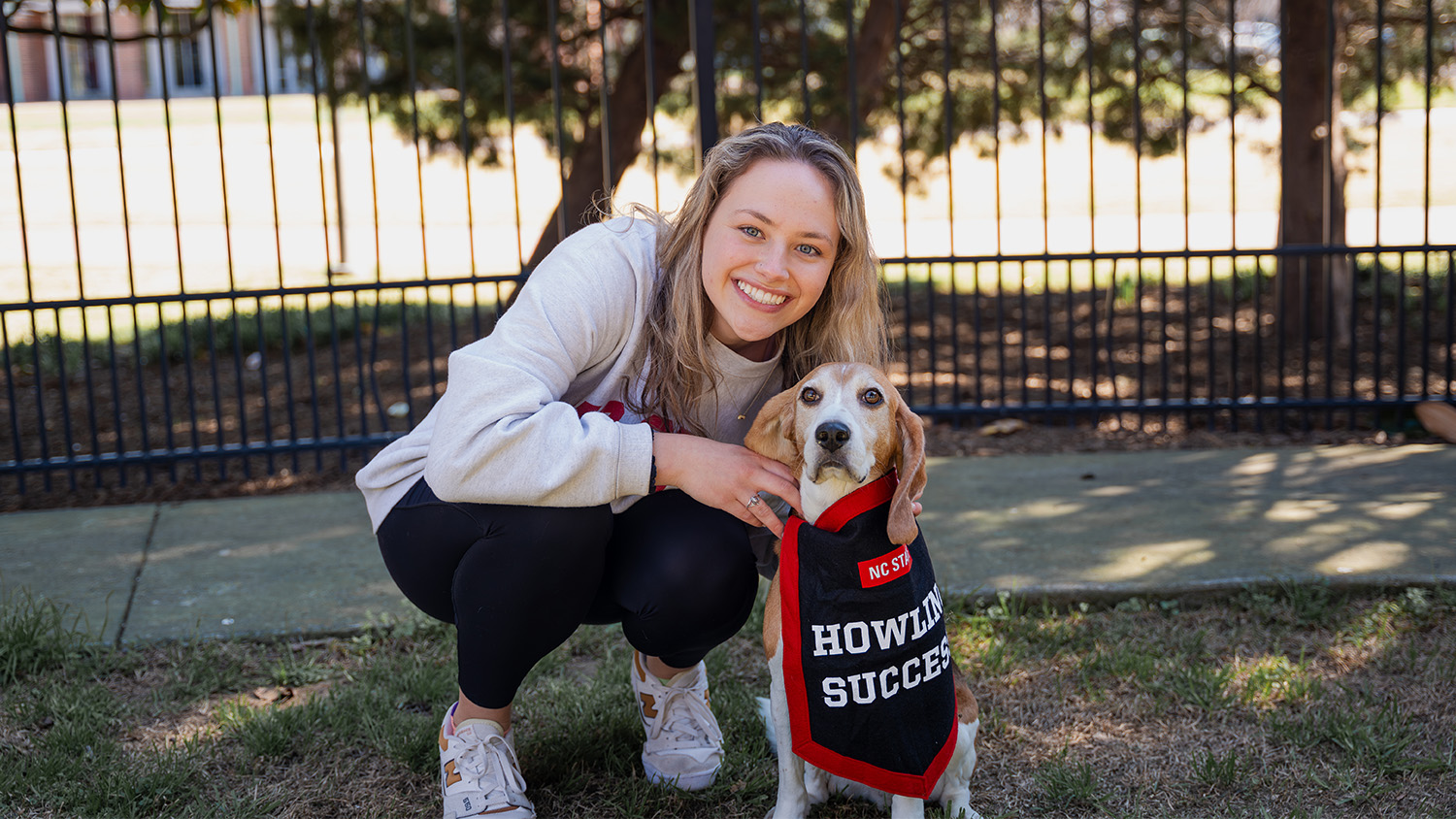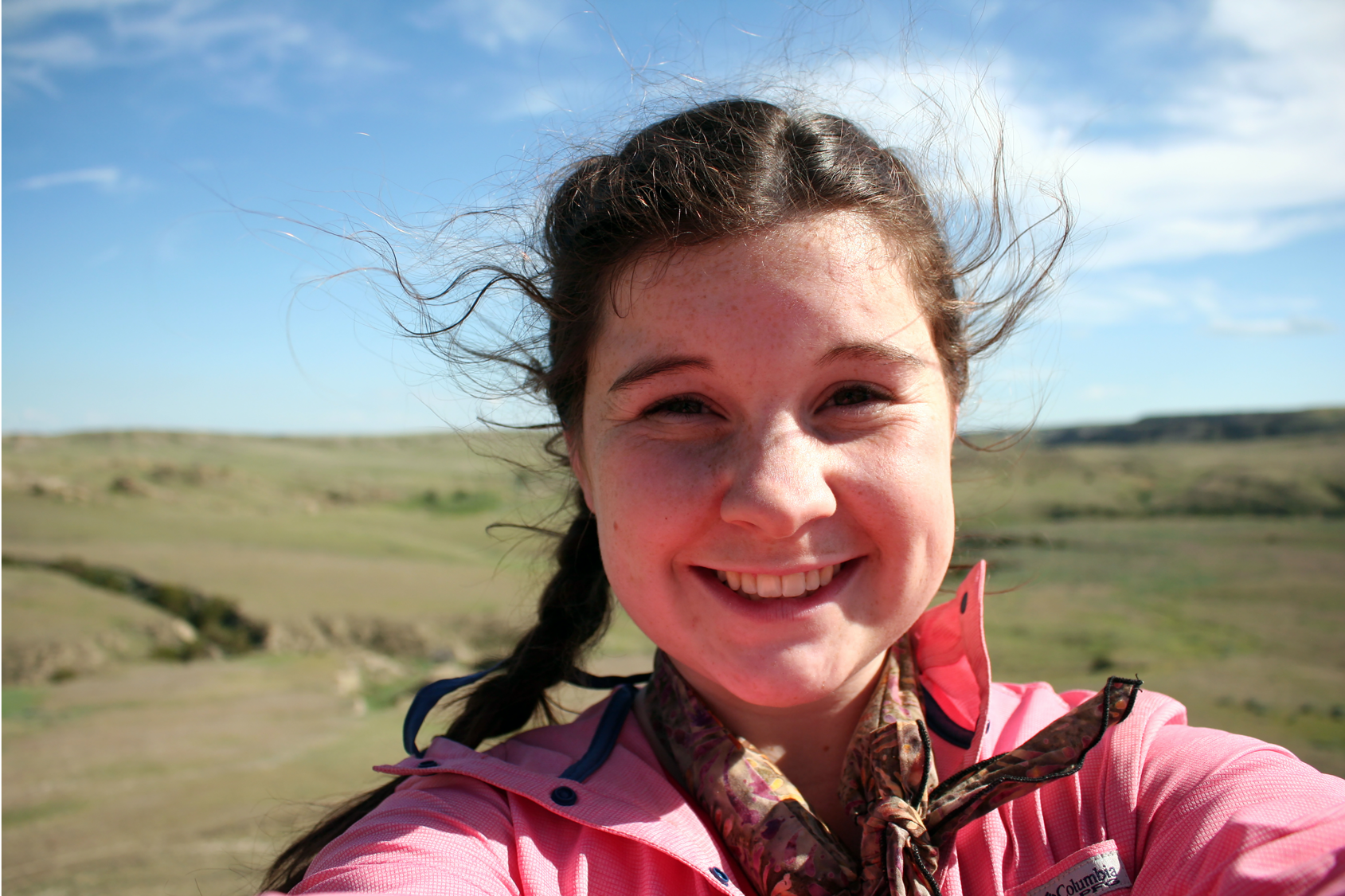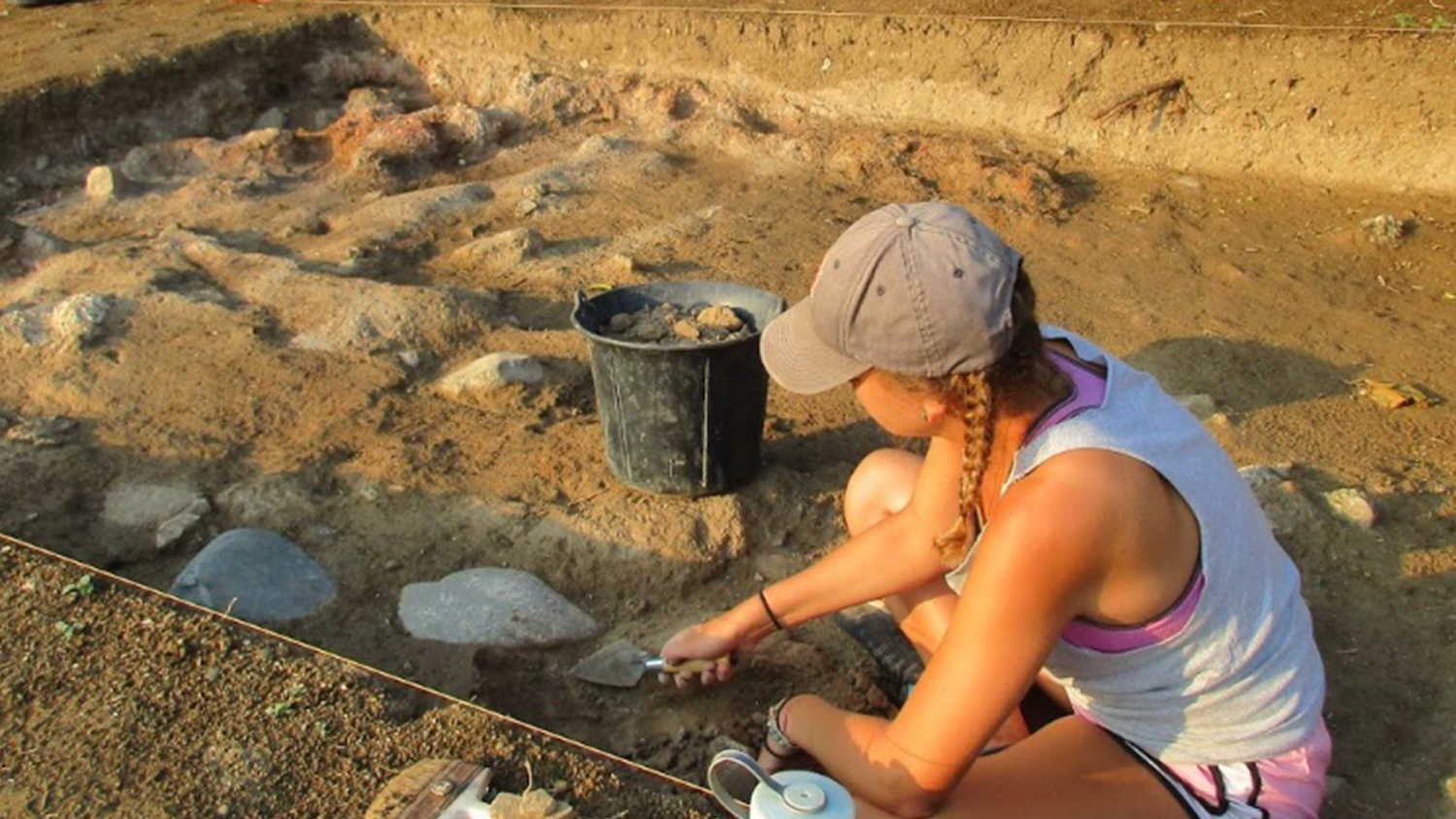Research in Photos: Senior Kenzie Cromer wins the 2019 Envisioning Research Contest
In August, winners of the 2019 Envisioning Research contest were announced. Kenzie Cromer, a senior studying biological sciences with a concentration in integrated physiology and neurobiology, snagged both first and second place spots in the undergraduate student photography category of the contest. Cromer learned about the contest via social media during her junior year and decided she wanted to get involved in the following year. “Scientific outreach is important to me,” Cromer shared. “I’ve been taking pictures for most of my life, so the contest was the perfect combination of both worlds. Science is meaningful insofar as it can be communicated effectively to the rest of the world, so I appreciated the chance to represent scientific research through an artistic medium.”
Science is meaningful insofar as it can be communicated effectively to the rest of the world…
Cromer’s first place photograph (above) showed a class field trip where students visited Green Mill Run to collect Cretaceous and Paleogenic-period fossils. “I started helping with the Shark Tooth Forensics project in 2018 when I took BSC 495: Special Topics with Dr. Terry Gates,” said Cromer. “The class was geared toward scientific outreach and the pedagogy of teaching. My classmates and I dug up sediment from Green Mill Run and visited underserved schools near Raleigh. The kids from these schools helped us catalog and measure fossilized shark teeth, so they were directly involved in the data collection process—we had no idea what they would or wouldn’t find. The benefits of Shark Tooth Forensics are a bit more straightforward; I’ve seen first-hand the effect science outreach has on kids. Visiting a school and letting kids examine fossils for a day is not going to change the circumstances of their lives, and I won’t pretend otherwise. But allowing them to learn something new, to think about science differently—that’s important. The way we teach science often kills curiosity, and curiosity is what science is all about. For me, the best outcome is when students engage with the project on their own terms.”
Visiting a school and letting kids examine fossils for a day is not going to change the circumstances of their lives… But allowing them to learn something new, to think about science differently—that’s important.
Cromer’s second place photograph depicted a lemur she observed while doing research on lemur vocalizations with her mentor, Dr. Lisa Paciulli, at the Duke Lemur Center. “At the Lemur Center, I started out filming male and female ring-tailed lemurs and trying to identify behavioral indicators of stress,” Cromer shared. “While recording, I heard a female lemur making a ‘male’ vocalization, and I realized there’s a lot we don’t know about how primates communicate. One thing led to another, and now I’m documenting ring-tailed lemur vocalizations and trying to parse out which ones, if any, are specific to one sex. I think ring-tailed lemurs are excellent models for research involving non-human language and communication, as they’re a highly social species and their vocal repertoire is so expansive; they make at least 22 different calls. Also, unlike most mammals on earth, female lemurs are dominant over males. This provides a really unique opportunity to study sex differences in a species characterized by female dominance.”
Cromer came in contact with Dr. Paciulli two years ago when she enrolled in BIO 267: Research in the Life Sciences I. “She’s been a great inspiration and mentor to me,” Cromer reflected. “After two years of working with her, I’ve had the opportunity to study the world’s most endangered primates, obtain research grants, co-write a paper, and present at national conferences. None of this would have been possible without her support.”
After two years of working with [Dr. Lisa Paciulli], I’ve had the opportunity to study the world’s most endangered primates, obtain research grants, co-write a paper, and present at national conferences. None of this would have been possible without her support.
Cromer encourages undergraduate students who are looking to get involved to not be afraid to talk to your professors. “The great thing about college is you have access to a bunch of people who are doing really interesting things, and most of these people are happy to talk to you about what they do, and even let you get involved, if you’re willing to ask.”
—–
Envisioning Research began in 2016 and highlights research being done at NC State through a creative lens. Undergraduate, graduate, and postdoctoral students, as well as faculty and staff, are invited to submit entries depicting the research they have completed or are currently working on in one of four categories: photography; microscopy; graphics and data visualization; video and interactive. The contest opens annually in February and closes in early June. Winning images from this year included photographs of liquid metal droplets, the roots of a plant, a baby alligator hatching from an egg, bubble-water flow, and much more. The top prize for each category is $250 and the second place prize is $100. More information about Envisioning Research can be found at https://envisioning.research.ncsu.edu/.
Author: Abby Birkhimer
Lead Photo Credit: Matthew Cromer
- Categories:




